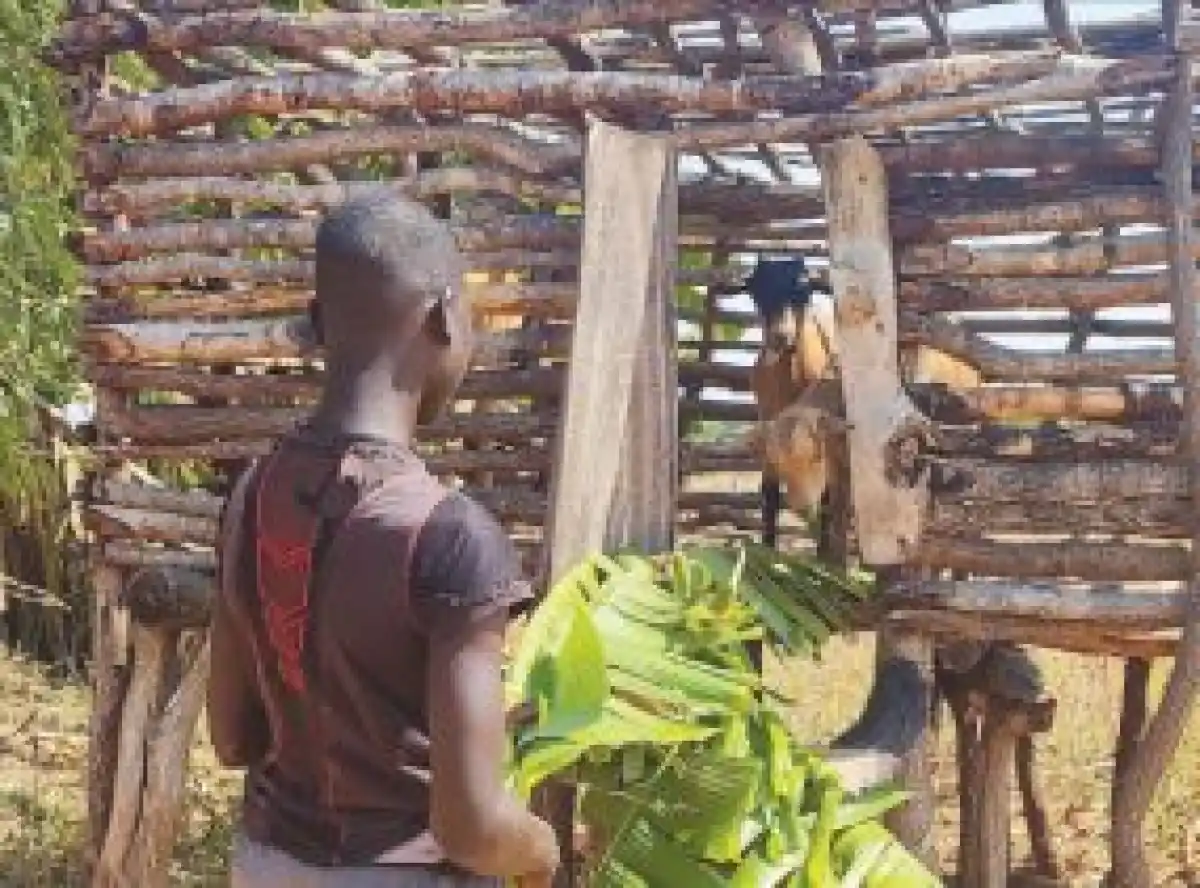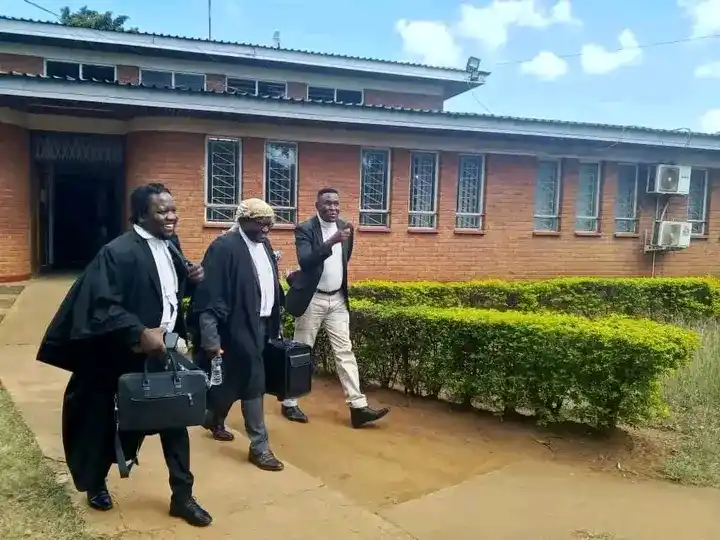
Bogonya Village in Traditional Authority Mzukuzuku in Mzimba District is a sanctuary of calmness, frequently swept back and forth by soft waves of fresh air.
Yet for Masuzgo (not real name),14, it is a reminder of anguish and a portrait of modern-day slavery.
Last year, he walked for almost the whole day to enrol as a tobacco tenant.
Child labour is illegal recruitment by the country’s laws because at age 13, he fell below the required adulthood which the Constitution has fixed at 18 years.
“My feet developed sores after covering that distance. We woke up early to work for six days a week.
“The food was not enough and I only ate twice a day. I was usually exhausted, but had no choice,” he recalls.
After six months, child protection officers rescued him. However, Masuzgo says he was not paid a tambala for the hard labour.
“The owner said I breached the contract as I was supposed to work for a year before being paid,” he said.
If he finished his one-year contract, he would have pocketed K50 000, a mere minimum monthly wage under the Employment Act.
Masuzgo stays with his grandparents in Chibandauka Village within T/A Mzukuzuku.
In an interview with Nation on Sunday one of the guardians confessed allowing him to drop out of school to hunt for a job.
The 62-year-old subsistence farmer attributes her decision to poverty.
“Accepting him to leave was painful, but the best option,” she says.
Nkhata says she also looks after three other grandchildren aged between six and 12.
Her two daughters left them under her care and do not support them.
Child Protection chairperson Labson Nyirongo, from Group Village Muhabi Shaba, presides over 14 villages.
He says they register between seven and 10 child labour cases a month.

“Common jobs include working in tobacco farms, herding cattle and selling goods,” he says, adding that child marriages are also rife.
Nyirongo says it is challenging to prevent children from working in farms as they do so with parents or guardians’ blessings.
“That’s why our most effective role is rescuing them once we establish they were recruited,” he asserts.
In Ntchisi District, Nation on Sunday met an underage boy Dalitso (not real name) herding three donkeys.
At sun set, he returned home, looking dirty.
His mother has nine children. She accused her husband of being irresponsible.
“Poverty forced him to quit school to focus on work,” she said.
Masuzgo and Dalitso struggles shed light on the country’s failure to tackle child labour despite vibrant legislation and strategies.
One of those blueprints is the 2019-2025 Child Labour National Action Plan (NAP) which was designated to eliminate child labour by next year.
According to the Ministry of Labour,2.1 million children aged between five and 17 are in child labour.
The NAP objectives include creating a conducive legal and policy environment for child labour elimination, building and strengthening the institutional and human resource capacity of stakeholders in child labour elimination.
Others are increasing public knowledge and awareness on the evils of child labour and its effect on national development, engage in direct action to combat child labour through prevention, withdrawal, rehabilitation and re-integrate children withdrawn from child labour.
Ministry of Labour public relations officer Nellie Kanyemba conceded struggling to tackle child labour.
“Effective child labour elimination is hampered by complex and diverse casual factors such as poverty and access to schools fall outside the mandate of our ministry. That is why its mainstreaming by stakeholders and various players becomes paramount.
“We have prioritised popularisation of the mainstreaming guide and its advocacy for wider adoption,” she said.
Kanyemba, however, said the ministry has made progress on child labour elimination.
“We have commenced the development of another tool, National Child Labour Monitoring System to track child labour and take appropriate remedial action,” she said.
On whether the NAP is being implemented as per expectations, Kanyemba cited ongoing projects as key indicators of progress.
Among others, she pointed at the Protecting the Future: Ending Child Labour in the Agriculture Industry in Malawi; Accelerating Child Labour Elimination in Supply Chains in Africa; Addressing Decent Work Deficits and Promoting Rights in Malawi’s Tobacco Sector and Joining Forces for Africa.
“Additionally, the ministry has entered into memorandum of understanding with four different partners which focus mainly on scaling up child labour inspections.
“The abolition of tenancy labour by Parliament in 2021 has been another significant milestone. The system was blamed for contributing to child labour in tobacco farming,” she said.
In its 2024 Human Trafficking Report, the United States of America said child labour formed a key element in the human trafficking game.
However, it observed that perpetrators were let off the hook as government did not pursue investigations and prosecutions against them.
“Observers reported corrupt officials allegedly permitted child forced labour on a farm in Mchinji. The case was reported to the Malawi Human Rights Commission and resulted in nine children returned to their homes,” reads the report in part.
It further observes that many cases of child labour involve fraudulent recruitment and physical or sexual abuse.







0 Comments